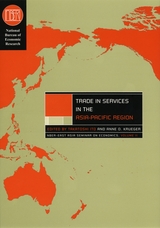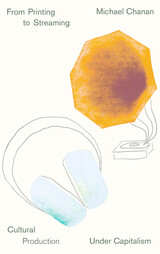Cloth: 978-0-674-22540-4
Library of Congress Classification HD9995.I432T7 1990
Dewey Decimal Classification 338.47681761
One of the most striking features of contemporary industrial economies is their ability to offer an ever-expanding and improving range of products. Personal computers, tiny pacemakers, digital watches, and VCRs simply did not exist, and were not even dreamt of, only a few decades ago. Such product innovations play an increasingly important role in modern economic growth, and it is therefore imperative that economists come to grips with them, just as they have done with traditional economic phenomena.
In this skillfully crafted and imaginative study, Manuel Trajtenberg develops the tools to quantify and analyze the notion of product innovation. He argues persuasively that the magnitude of an innovation should be equated with the social benefits that it generates. Drawing from the "characteristics approach" to demand theory and the econometrics of discrete choice, he presents an ingenious method to estimate the benefits from product innovations that accrue to the consumer over time. His method centers on consumer preferences for different product attributes -such as speed and size of memory in computers-and then uses those preferences to evaluate the changes in attributes.
Trajtenberg applies his approach to the study of one of the most remarkable innovations in medical technology--Computed Tomography (CT) scanners. He assembled for that purpose an impressive set of data on every aspect of the new technology, from qualities and prices, patents and research, to details on virtually every sale in the United States during the decade following the introduction of CT in 1973. This close-up view of an innovation, quite rare in economic literature, offers valuable insights on the nature of the innovative process, the interaction between innovation and diffusion, the effects of uncertainty about quality, and the implications of changing preferences.
See other books on: Case studies | Economic Analysis | Equipment and supplies | Management | New products
See other titles from Harvard University Press




























